Starbound is a whole new kind of mining, crafting and building sandbox. Boasting a staggering amount of variety (made limitless by its mod-friendly nature) and a whole universe to explore, Starbound looks to be an even more glorious time-sucker than its predecessor.
Starbound
Developer: Chucklefish
Price: $14.99
Platform: PC
It’s fair to say at this point that Minecraft has spawned its own sub-genre, with no shortage of imitators and cross-pollination with action games, RPGs and even shooters. One of the earliest of these craft-’em-ups was Terraria: by most accounts a 2D Minecraft. It had a good run and maintains a following even today, helped by continuous update patches; but one man, known to the internet as Tiy, dared to dream of more. He dreamt of mining, crafting and building among the stars.
One newly formed studio and successful crowdfunding campaign later, Starbound was born. Adding onto the traditional wilderness survival setting with sci-fi staples like laser pistols and be-tentacled aliens, it also allows the player to travel in space to thousands of different planets, each the size of one Terraria world. The number of weapons, monsters, gear and resources has at least quintupled, and the game is easily moddable for endless expansion. The Steam Workshop is already abuzz with custom environments, equipment, and playable races.
The most notable difference from other games of its genre, however, is the story—It has one, first off. And though it may seem counter-intuitive for such an impossibly huge open world to be built around a strict narrative, Starbound does it right: with no boring, mandatory stretches and deference to the core gameplay.
The only instance of hand-holding is the tutorial, which shows you the basics and also puts your character in context. As a newly-inducted member of a galaxy-wide organization known as the Protectorate, you must escape their headquarters amid a monster attack. You learn how to handle the Matter Manipulator, an all-purpose mining and building tool, then make your way to a starship and blast off, crash-landing on an unfamiliar planet.
Incidentally, players can skip straight to that last part with any character, leaving the sort of cold open expected from other crafting sandboxes: You’re alone in the world with only the clothes on your back and must live off the land, slowly building an empire from the dirt. The next few quests simply guide the player towards things they’d want to do, such as finding fuel for their ship and tinkering with that big metal obelisk on the planet’s surface.
The story of Starbound doesn’t hamper enjoyment of the open world, but rather enhances it. It gets your feet wet, demonstrating what can be done with certain blocks and introducing the elements unique to it. It provides end goals so that there’s always something to strive for, but never forces you to pay attention to it when you’d rather be building a steel castle with a lava moat. It even offers useful materials like ore and weaponry as quest rewards, funneling back into personal projects.
There are many aspects to Starbound’s success, so many that it would take too long to talk about each in detail. It’s a game that tries dozens of things, executes them all well and makes them feel cohesive. The plot is nothing special, but charming for what it is; mining mechanics have been fine-tuned and streamlined; the variety of tilesets makes building a pleasure, even in 2D where it lacks physical depth; the combat is a cut above clicking on the bad thing over and over ‘til it dies; resource grinding is minimized using an upgrade system for the Matter Manipulator; and so on.
What’s more important to discuss is the history and design philosophy of Starbound. Chucklefish not only crowdfunded the game, they released it in early access—two phrases that turn the stomachs of many a gamer, and rightfully so. But they made it great by listening to community feedback and continually hammering away at the game, going through many iterations and experimenting with different features, to make it the best possible version of itself. They held themselves responsible for making good on their promises and earning the money invested in their project, and the results speak for themselves.
This process doesn’t stop now that Starbound 1.0 has released. The team is dedicated to adding content and fixing bugs in the system. This is worth noting before I tell you that the game isn’t perfect: It still has its share of AI glitches and graphical hiccups, and worlds can be slow to load even when playing offline. But these are things you can expect to change for the better, because the developer has set a precedent. If something is wrong—if the players have a complaint—it has been heard and it will be answered. Starbound will continue to be the best it can be, the next virtual frontier for creativity and invention.
 The Final Word
The Final Word
Starbound is the kind of game you’d expect to be a cluttered mess, but all of the pieces work in tandem to create a dynamic experience with many interesting features and solid fundamentals. Though not perfectly optimized, the team’s track record with updates and patches promises a bright future. Give it a whirl if you’ve got 1200 hours to burn.
– MonsterVine Review Score: 4.5 out of 5 – Great




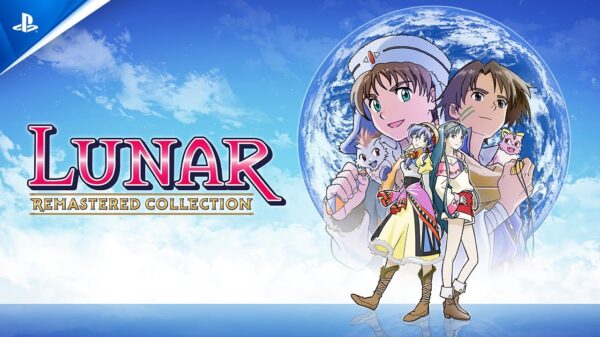
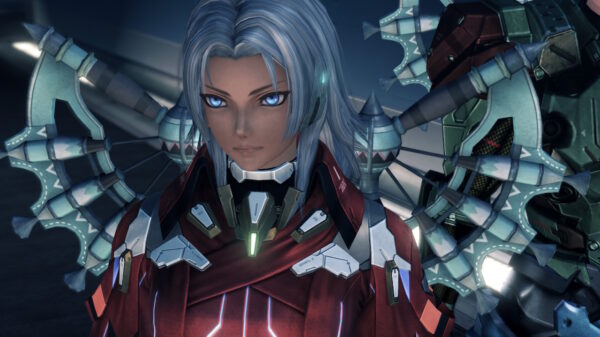

























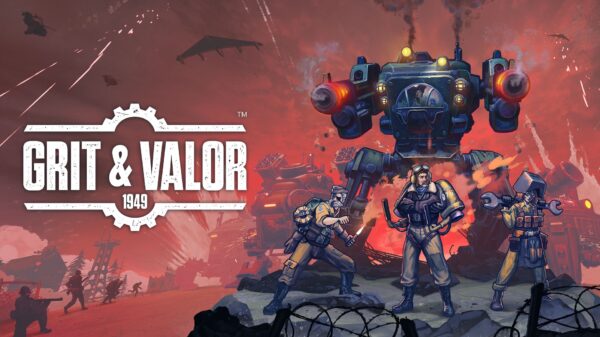






















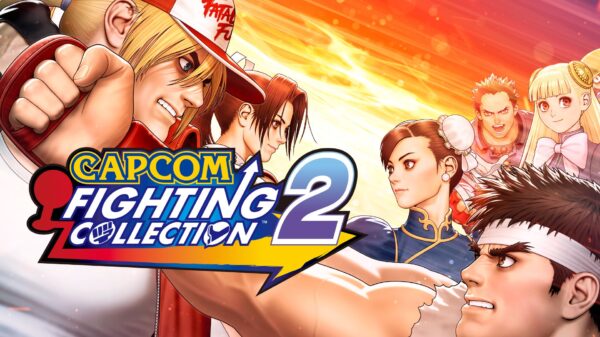
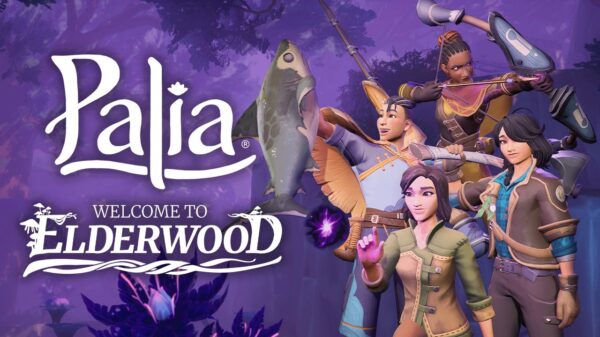
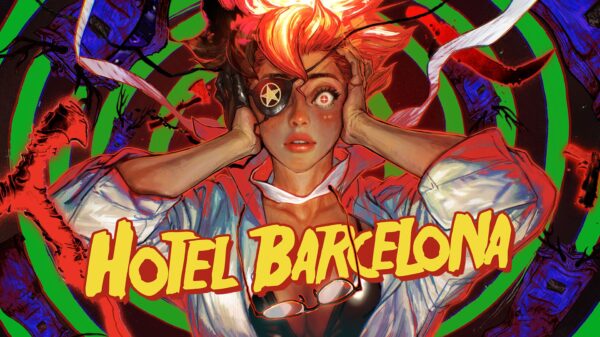


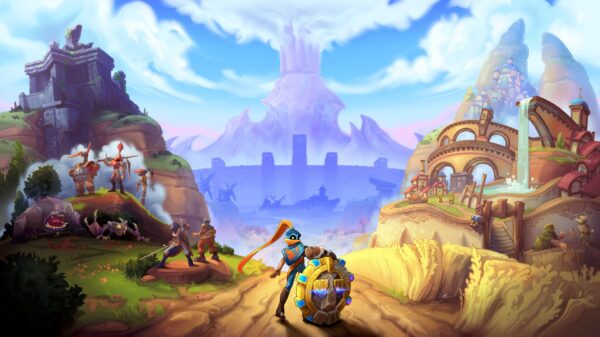


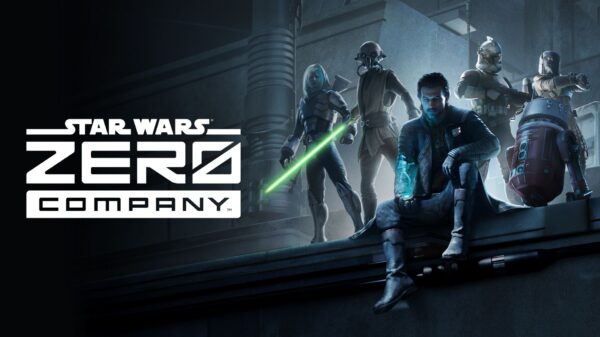



































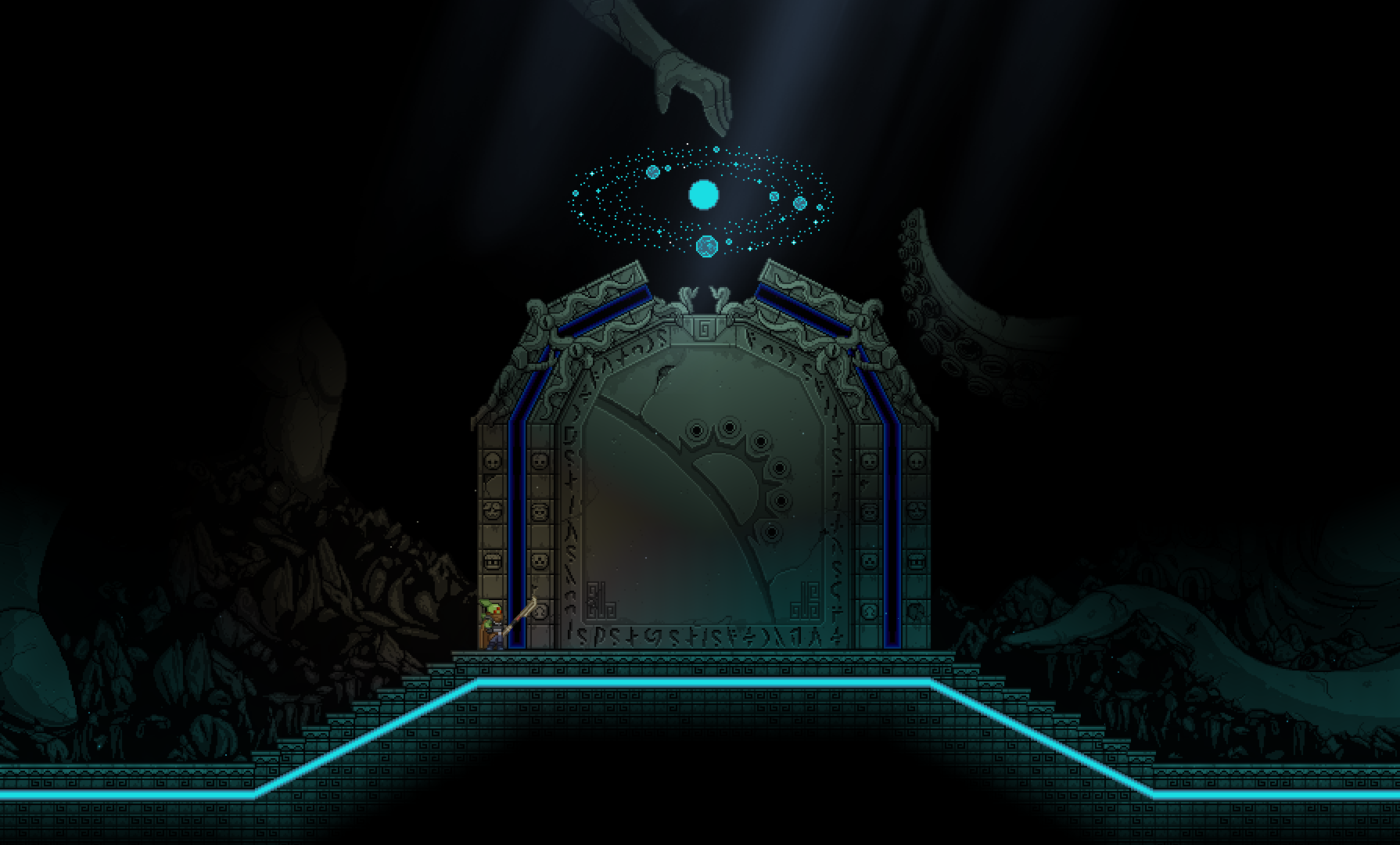
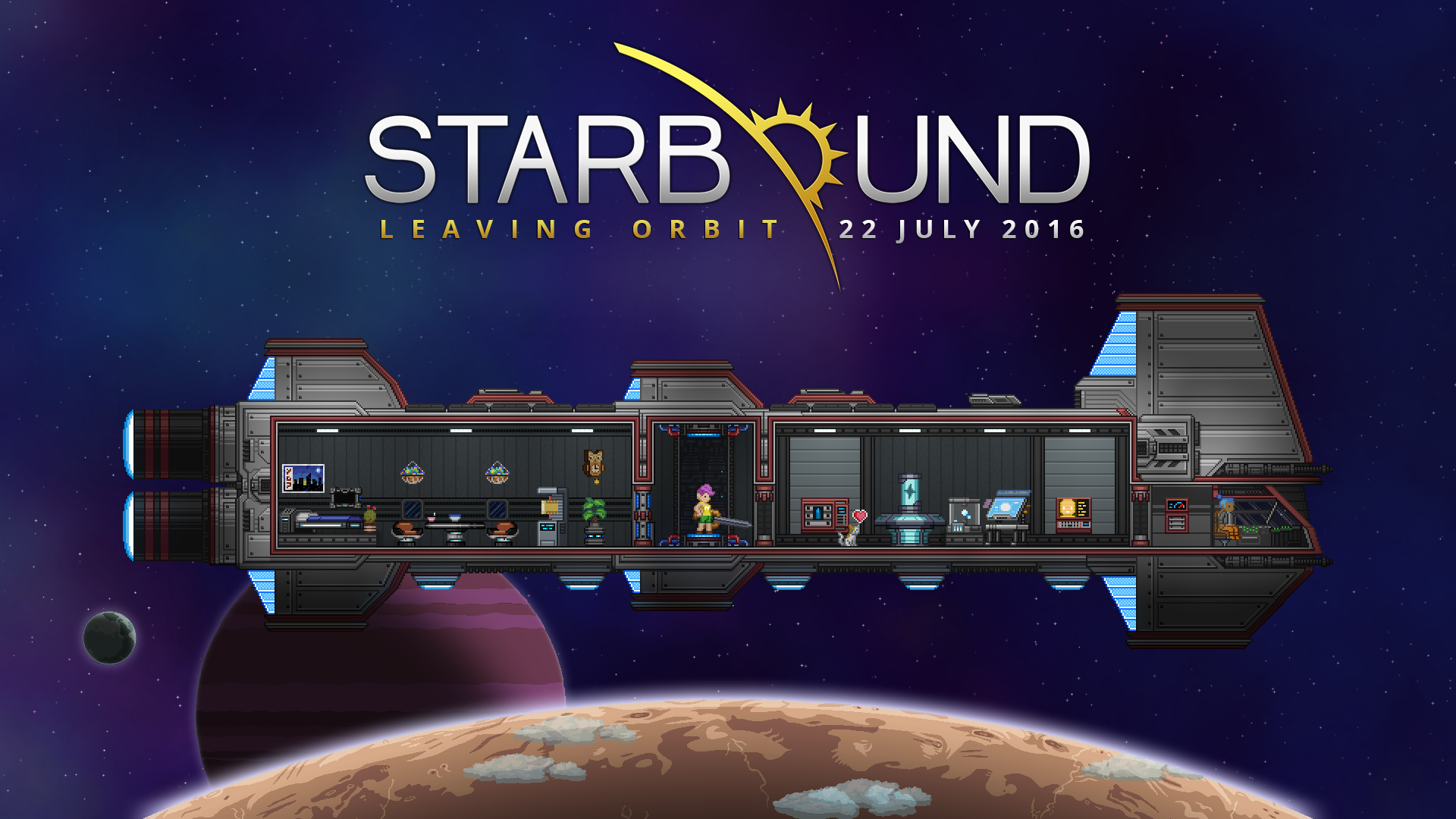
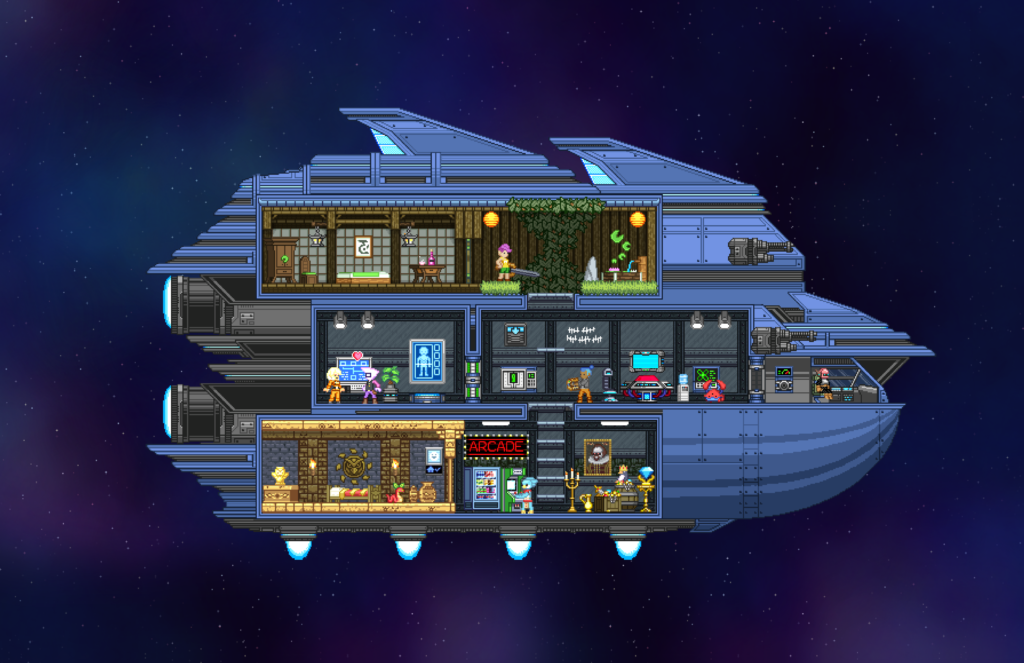
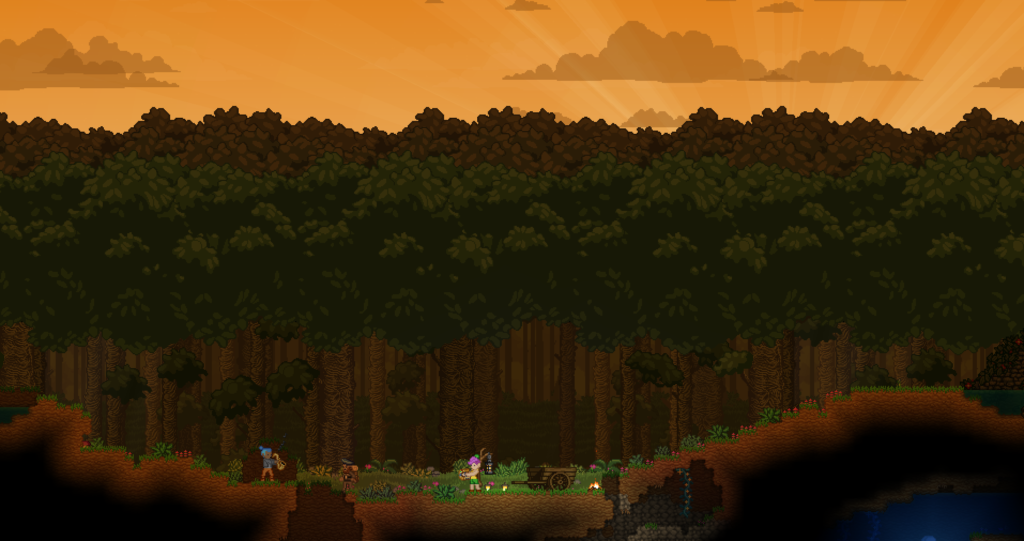
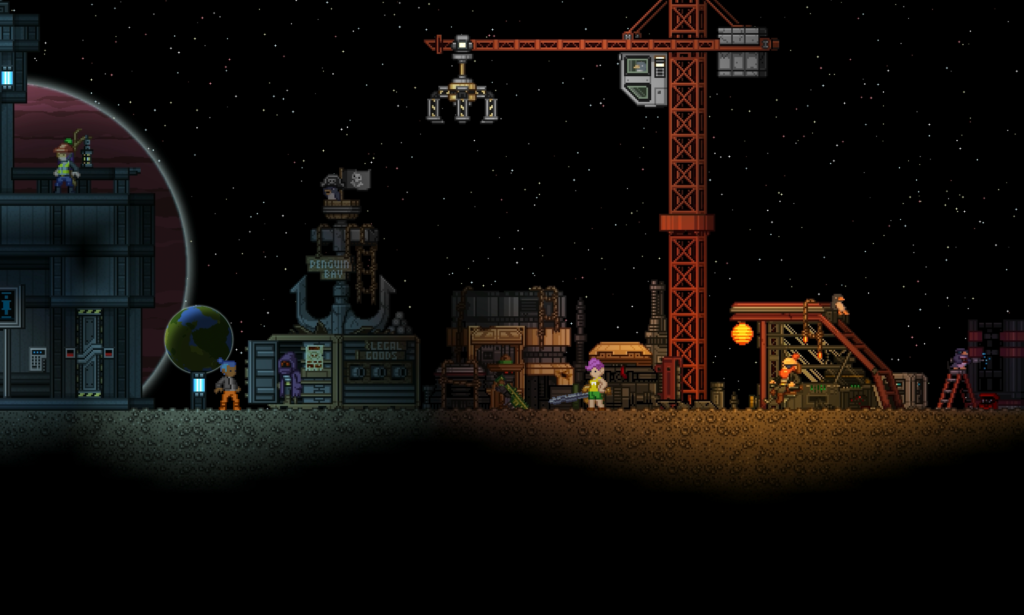
Debbie
August 26, 2016 at 8:02 am
Excellent review! I’m not a gamer and this review made me want to play this game. Maybe when I have those 1200 hours to burn…